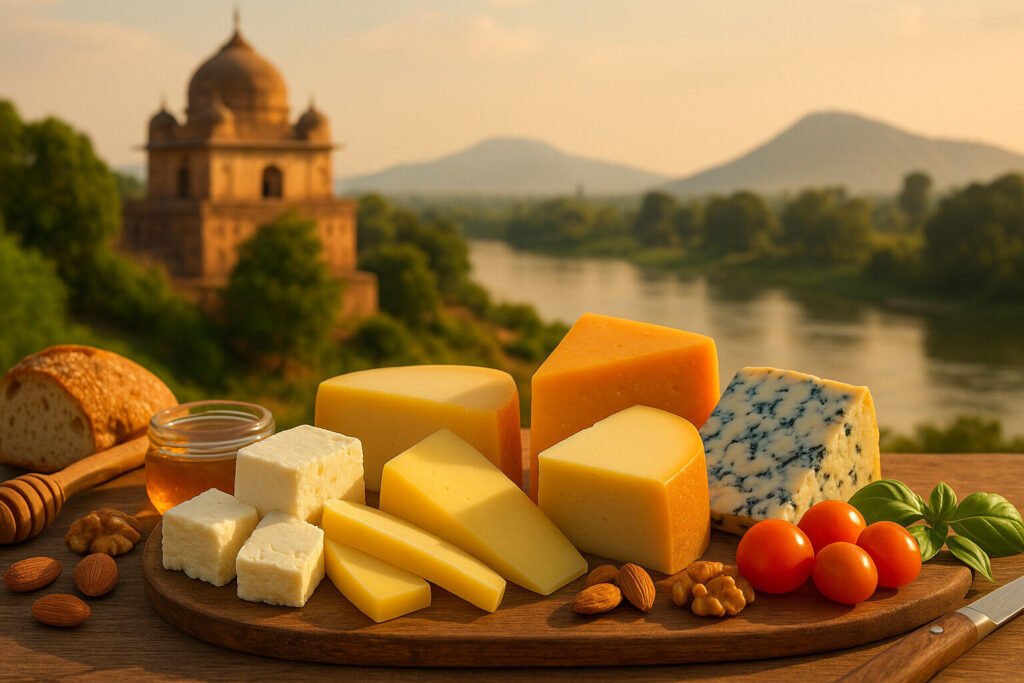Cheese Of Indian Subcontinent
Definition and Scope
Indian subcontinent cheeses originate from South Asia, primarily India, Pakistan, Bangladesh, Nepal, and Sri Lanka. These cheeses are defined by their adaptation to local climates, available milk sources, and culinary traditions. They represent a distinct category within global cheese taxonomy, often utilizing buffalo or cow milk.
The scope includes fresh, acid-set, and stretched curd styles developed for specific regional dishes. Many varieties are consumed shortly after production and lack extensive aging processes. Their characteristics are shaped by indigenous techniques and religious dietary practices, leading to unique textural and flavor profiles.
Production Techniques
Traditional production methods rely on acid coagulation using food acids like lemon juice or vinegar instead of rennet. This technique creates fresh cheeses with high moisture content and mild acidity. The process typically involves heating milk, adding acidulant, then draining whey through cloth bags.
Some varieties employ lactic fermentation or yogurt cultures as coagulants. Paneer represents a hallmark technique where heated milk is instantly curdled and pressed. These methods yield cheeses that maintain structural integrity when cooked, making them suitable for South Asian cuisine preparations.
Sensory Profile
Indian subcontinent cheeses generally present mild, milky flavors with subtle lactic notes. Their taste profiles are less complex than aged European cheeses due to minimal fermentation development. Fresh varieties like paneer offer clean, slightly tangy flavors that absorb accompanying spices well.
Textures range from crumbly and moist to firm and sliceable depending on pressing methods. They typically lack rind development and exhibit bright white coloration from buffalo or cow milk. The sensory experience emphasizes texture and cooking performance over complex aroma development.
Culinary Applications
These cheeses serve primarily as cooking ingredients rather than table cheeses. They feature prominently in vegetarian curries, grilled dishes, and stuffed breads where they maintain shape during high-heat preparation. Paneer appears in classic dishes like saag paneer and paneer tikka.
Regional specialties include chhena used in Bengali sweets and kalari for grilling in Kashmir. Their ability to absorb spices and sauces without melting makes them versatile cooking components. Many varieties are pan-fried or grilled before incorporation into final dishes.
Regional Examples
Paneer remains the most widespread variety across Northern India and Pakistan. This fresh, non-melting cheese appears in both savory and sweet preparations. Its production method has remained consistent for centuries across Hindu and Muslim communities.
Bandel cheese represents a historical Portuguese-influenced style from Bengal with smoked variations. Kashmir produces kalari, a stretchy, fermented cheese often street-grilled. Eastern regions utilize chhena for dessert preparations like rasgulla and sandesh.

